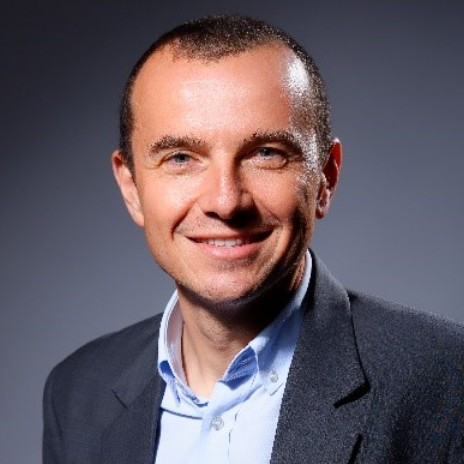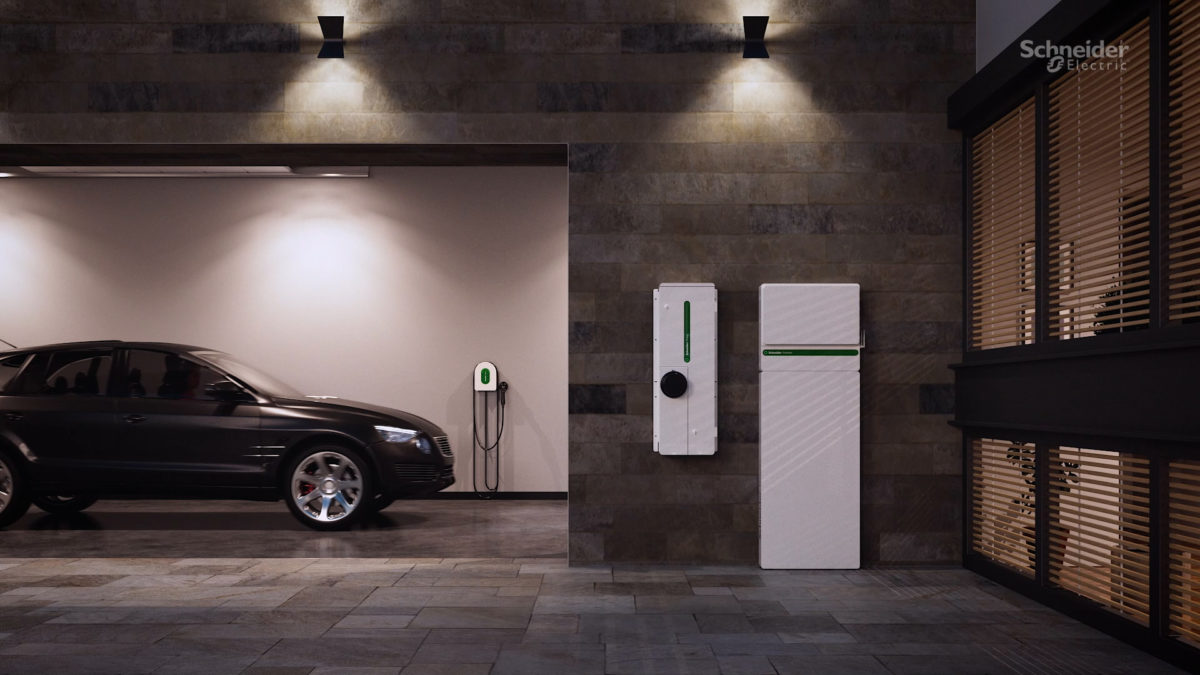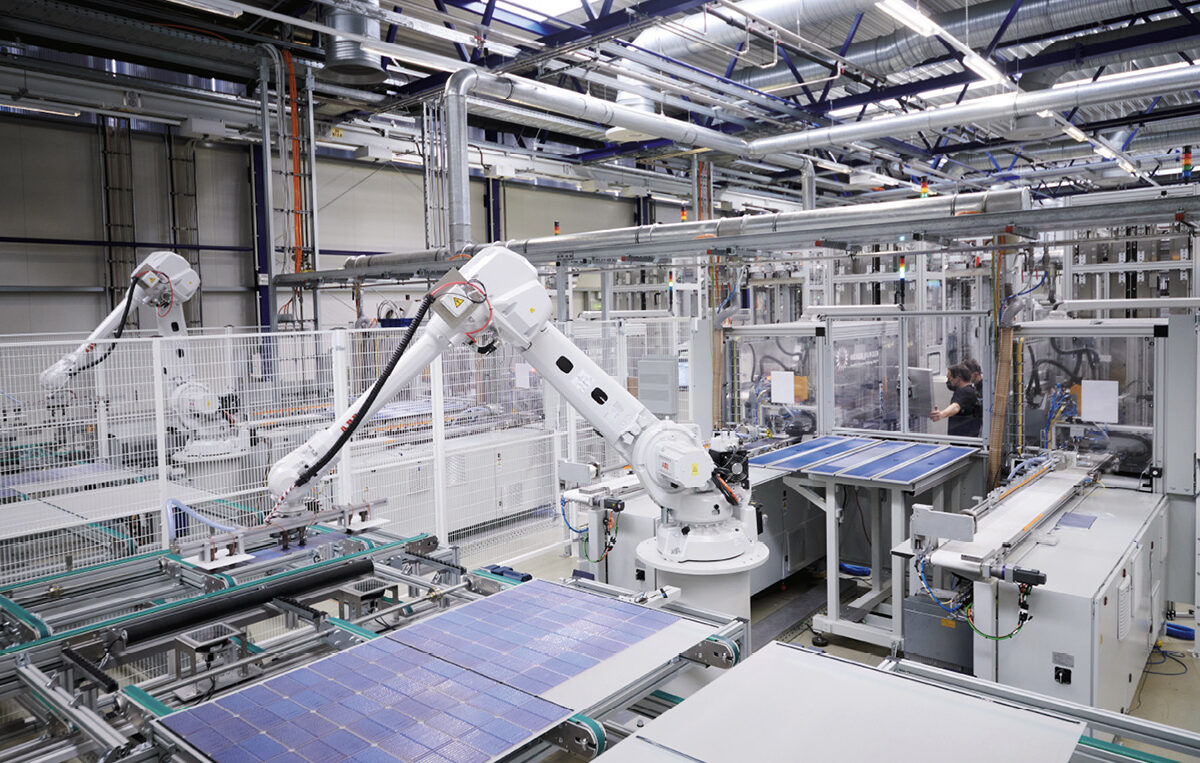The recent equinox brought an equal split of day and night, it also served as an important reminder of the balance we must seek in our journey toward Net Zero by 2050.
The world’s population is projected to surge by two billion by mid-century, with an additional one billion people still lacking access to energy today. On top of this, our energy needs are not just increasing — they’re transforming.
Digital advancements like artificial intelligence (AI), quantum computing, film streaming, and online shopping demand more power than ever, with energy representing over 80% of the world’s carbon emissions, making the need for clean, scalable energy solutions more urgent.
AI holds great promise for humankind, but according to Goldman Sachs is expected to contribute about 200 terawatt-hours per year to data center power consumption between 2023 and 2030, placing unprecedented demands on our energy infrastructure.
To address these challenges, we must embrace the three pillars of ‘replace, electrify, and reduce’. By prioritizing the combination of electrification and digitization – what we call Electricity 4.0 – we can ensure that technology and other critical sectors like buildings, industry, and transportation run efficiently and are powered with the cleanest possible energy mix.
One area where efforts can be rebalanced is the relationship between supply and demand. On the supply side, the focus is on replacing fossil fuels with clean energy sources.
On the demand side, it’s about electrifying energy use and improving efficiency to reduce consumption. Replace and electrify are key long-term strategies to transition away from fossil fuels between now and 2050. These solutions need to accelerate, but will take time to implement – transitioning to renewable energy, electric vehicles, heat pumps and industrial processes need sustained investment.
Reducing energy consumption and improving circularity, however, can be a shorter-term goal delivering more immediate environmental benefits and getting us back on track for a net zero pathway.
Transitioning to clean energy sources
Switching to clean energy sources is an obvious way to cut carbon emissions, but that of course needs more clean energy supply (the energy transition) which, in turn, needs time. So, we have to consider many options to maintain the right balance.
Data centers, for example, face their own equilibrium challenge: they must scale up their energy consumption to meet the increasing demand for data, all while keeping carbon emissions in check. Consequently, we are seeing data center owners turning to consultancy services to tackle their ESG goals not just through green power procurement, but also monitoring, reporting and design.
Solutions include switching from energy intensive air cooling to liquid cooling, replacing existing supply agreements with clean power purchasing agreements, and replacing diesel gensets with battery storage solutions for back-up. This can have impacts far beyond data centers, to hospitals and other critical infrastructure.
Microgrids also play a vital role in the energy transition, enabling users to generate their own clean energy, become energy autonomous and avoid the risk of energy price volatility. Alongside Citizens Energy Corporation, we deployed a microgrid to serve four critical facilities on the campus of The Daughters of Mary of the Immaculate Conception. The solution will provide approximately 545 thousand kilowatt hours of additional solar energy each year.
Powering operations through electrification
To achieve balance with energy supply, we need to electrify energy demand. From industrial processes like refineries and steel works, to transport and to heating, electrification is already a viable solution in many sectors today to carbon emissions. However, making this a reality will require significant upgrades to existing grid infrastructure, and with over 701 GW of projects in the connections queue—more than four times the predicted electricity needs by 2050—progress is urgent.
The grid is becoming smarter, more digital, and more resilient. But as the energy landscape transitions to cleaner supply and electrified consumption, we must also improve energy efficiency in the short-term to reduce pressure on the infrastructure (and also reduce volatile energy costs).
Innovating to cut energy use
Finding ways to cut energy usage through smarter solutions has never been more crucial, especially with global resource consumption projected to rise by 60% by 2060.
From intelligent home systems that automatically adjust temperatures, to efficient building management that considers everything from weather patterns to occupancy levels, the tools to reduce consumption are already at our fingertips. For example, simply optimizing thermostat settings can yield significant reductions in energy use without sacrificing comfort.
We also need to consider reducing the materials we use. Adding insulation to homes and businesses, for instance, can help maintain temperatures efficiently, minimizing energy waste. Following the energy crisis of 2022 to 2023, a staggering 75% of households actively worked to lower their energy usage, primarily to cut costs. In fact, 86% citing energy efficiency as their top home improvement priority.
It’s clear the solution lies in the three pillars of ‘replace, electrify, and reduce’. By replacing fossil fuels with clean energy, electrifying our operations, and reducing waste, we can address both short-term and long-term sustainability goals, building toward a resilient, low-carbon future.

Olivier Blum is executive vice president of Schneider Electric’s Energy Management business, responsible for the entire eEnergy management portfolio, software and services. Olivier is an active promoter of sustainability and Electricity 4.0, the fastest route to a net zero world that is more electric and more digital.
The views and opinions expressed in this article are the author’s own, and do not necessarily reflect those held by pv magazine.
This content is protected by copyright and may not be reused. If you want to cooperate with us and would like to reuse some of our content, please contact: editors@pv-magazine.com.








By submitting this form you agree to pv magazine using your data for the purposes of publishing your comment.
Your personal data will only be disclosed or otherwise transmitted to third parties for the purposes of spam filtering or if this is necessary for technical maintenance of the website. Any other transfer to third parties will not take place unless this is justified on the basis of applicable data protection regulations or if pv magazine is legally obliged to do so.
You may revoke this consent at any time with effect for the future, in which case your personal data will be deleted immediately. Otherwise, your data will be deleted if pv magazine has processed your request or the purpose of data storage is fulfilled.
Further information on data privacy can be found in our Data Protection Policy.